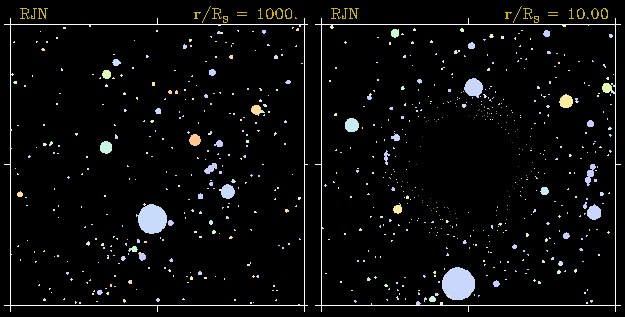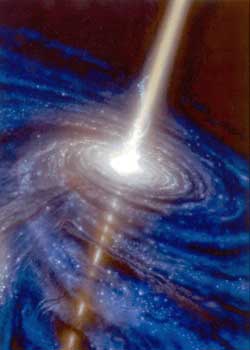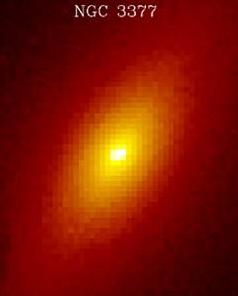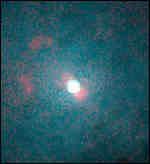|
|
you know there are hundreds, thousands.... – Joseph Dolan, NASA Goddard Space Flight Center, in a radio interview for PBS Talk of the Nation, 19 Jan 2001. |
 An isolated black hole as seen from 1000 and 10 times its Schwarzschild radius |
|
|
you know there are hundreds, thousands.... – Joseph Dolan, NASA Goddard Space Flight Center, in a radio interview for PBS Talk of the Nation, 19 Jan 2001. |
 An isolated black hole as seen from 1000 and 10 times its Schwarzschild radius |
|
What Are They?
|
|
|
Stellar Black Holes
|
 |
Other Kinds of Black Holes
|
|
What Effects Does a Black Hole Have?
|
|
 |
Have We Actually Seen Black Holes?
|
|
Interesting Issues
|
 |
![]()
page by luca bombelli <bombelli at olemiss.edu>, modified 15 may 2013